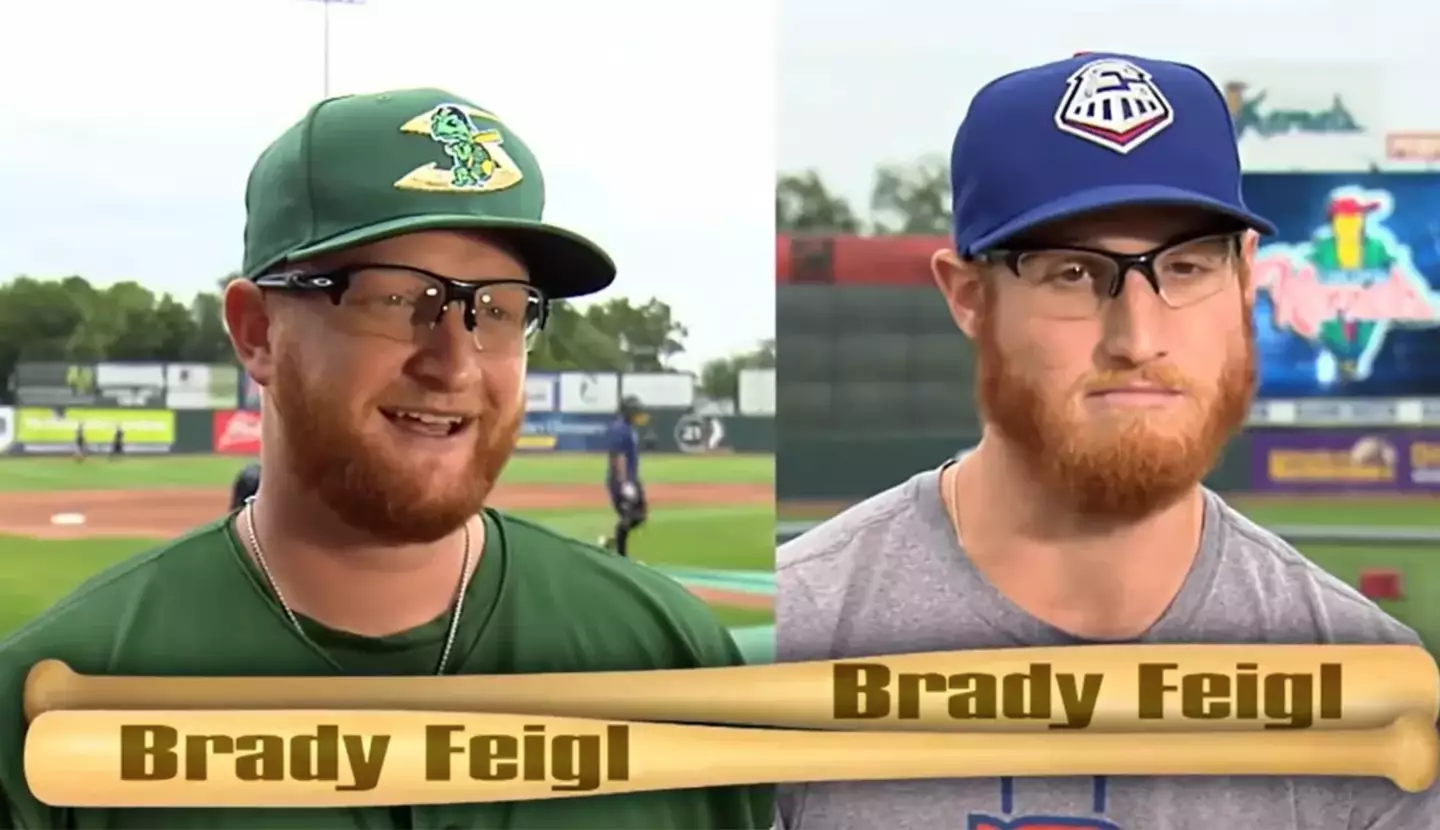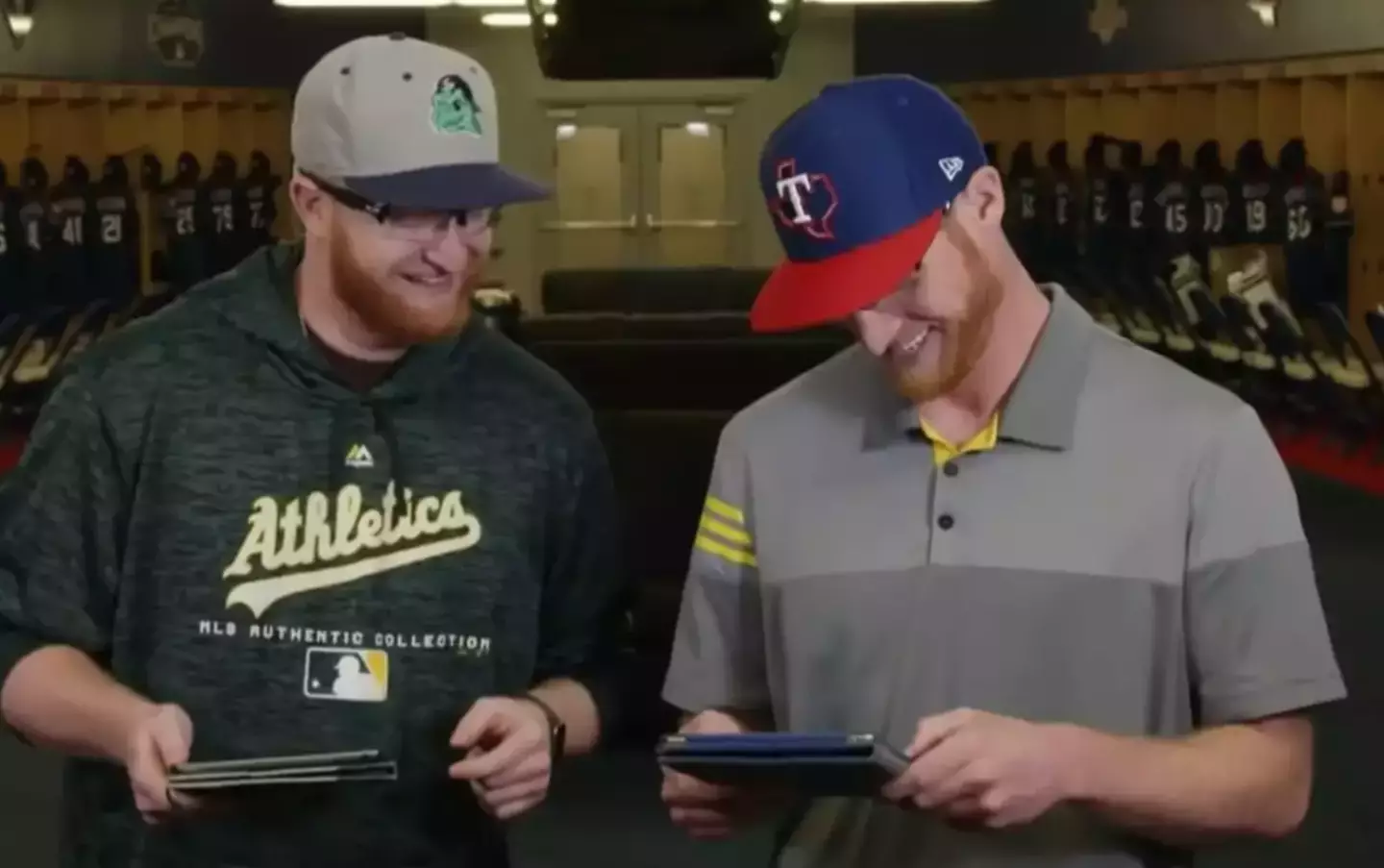
Two athletes stunned the world with how incredibly similar they looked to each other, despite not being related at all.
While Brady Feigl and Brady Feigl have the same surname, they are so similar that people assume they must be related.
But after scientists conducted testing to see if the two red-headed baseball players were related by any means at all, many were surprised to discover that they actually did not have any relation by blood.
While the pair both registered as having the same amount of Germanic origin in their ancestry, 53 percent, that was where the similarity ended.
The fact that they're not related only makes the pair's similarity even more astonishing. How could it be possible for two people to look so similar but not actually be related at all?
Advert
Well, scientists have provided answer to this very question.
So what is the cause of this very strange convergence? Well, the answer is going to make you kick yourself.
It comes down to the fact that there are enough people in the world that it is possible for their genetics to make them extremely similar by the sheer grinding force of statistical probability.

Advert
Essentially, if you throw a dart at a board blindfolded enough times eventually you'll get the bullseye twice in a row, but in genetic terms.
Dr. Manel Esteller is a researcher at the Josep Carreras Leukaemia Research Institute in Barcelona who specifically studied people who had this 'genetic convergence'.
He said: "In the world right now, there are so many people that eventually the system is producing humans with similar DNA sequences."
But there is another factor at play here aside from genetics and the number of people.
Advert
That is the huge advances in communications that we now have.
Whereas even 30 years ago it would have been highly unlikely to ever meet your doppelganger, the advent of the internet and social media has increased the likelihood of people meeting someone they look very similar to.

Esteller explained: This [people being genetically similar] likely was always true, but now with the internet, it's a lot easier to find them."
Advert
But what about the actual genetics themselves?
Esteller said: "We were able to see that these look alike humans, in fact, they are sharing several genetic variants. And these are very common among them.
"So they share these genetic variants that are related in a way that they have the shape of the nose, the eye, the mouth, the lips, and even the bone structure. And this was the main conclusion that genetics puts them together."
